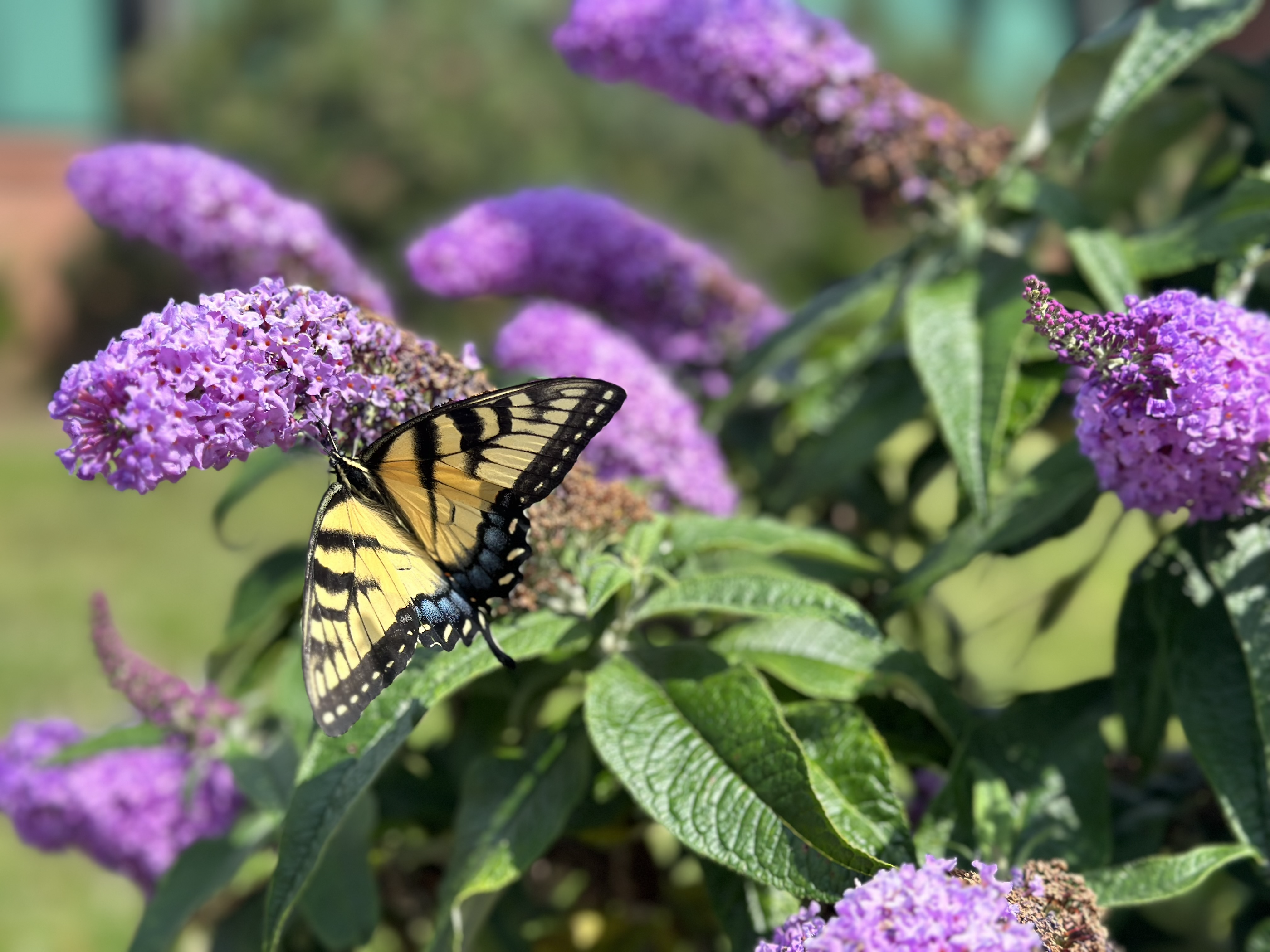Burke County Backyard Butterflies
go.ncsu.edu/readext?941472
en Español / em Português
El inglés es el idioma de control de esta página. En la medida en que haya algún conflicto entre la traducción al inglés y la traducción, el inglés prevalece.
Al hacer clic en el enlace de traducción se activa un servicio de traducción gratuito para convertir la página al español. Al igual que con cualquier traducción por Internet, la conversión no es sensible al contexto y puede que no traduzca el texto en su significado original. NC State Extension no garantiza la exactitud del texto traducido. Por favor, tenga en cuenta que algunas aplicaciones y/o servicios pueden no funcionar como se espera cuando se traducen.
Português
Inglês é o idioma de controle desta página. Na medida que haja algum conflito entre o texto original em Inglês e a tradução, o Inglês prevalece.
Ao clicar no link de tradução, um serviço gratuito de tradução será ativado para converter a página para o Português. Como em qualquer tradução pela internet, a conversão não é sensivel ao contexto e pode não ocorrer a tradução para o significado orginal. O serviço de Extensão da Carolina do Norte (NC State Extension) não garante a exatidão do texto traduzido. Por favor, observe que algumas funções ou serviços podem não funcionar como esperado após a tradução.
English
English is the controlling language of this page. To the extent there is any conflict between the English text and the translation, English controls.
Clicking on the translation link activates a free translation service to convert the page to Spanish. As with any Internet translation, the conversion is not context-sensitive and may not translate the text to its original meaning. NC State Extension does not guarantee the accuracy of the translated text. Please note that some applications and/or services may not function as expected when translated.
Collapse ▲Summer is in full swing and with that comes an increase in insects. According to North Carolina State University, there are over 175 species of butterflies native to the state. Butterflies add beauty and biodiversity to the landscape. Many people enjoy watching butterflies and identifying them. Butterflies’ most important role is pollination. Pollination is the vital process that promotes beautiful flowers, fruits, and vegetables.
Butterflies, and moths, come from the insect order Lepidoptera. North Carolina butterflies make up the following families:
● Papilionidae, or swallowtails
● Pieridae, or sulphurs, whites, and yellows
● Lycaenidae, or gossamer-wings
● Nymphalidae, or brush-footed butterflies including the Monarch butterfly
● Hesperiidae, or skippers
There are dozens of species within these families in North Carolina alone. In fact, the state butterfly of North Carolina is the Eastern Tiger Swallowtail. This beautiful butterfly has large yellow and black striped wings with blue iridescence. The Eastern Tiger Swallowtail is unmistakable and quite unforgettable!
Planting for Pollinators:
The main strategy is to plant more native plants. Burke County’s USDA Hardiness Zones range from 6b to 7b. Here are some noteworthy plants to attract pollinators in our area:

This list is by no means exhaustive, but it is intended to serve as a jumping-off point. To search for plants, visit North Carolina Extension Gardener Plant Toolbox
Creating a Habitat:
Plants aren’t the only way to create a habitat for butterflies. Just like other living things, butterflies need food, water, and shelter. The plants themselves provide a food source. Let’s address water and shelter.
Provide a water source
Warmer days are ahead. You may notice yourself drinking more water or taking a dip in the pool or lake to cool off. Butterflies need to cool off and hydrate too! Provide a water source by filling a shallow dish with water. Put a stone in the water dish to provide a platform for the butterflies so they do not drown. For the more naturalistic gardener, create small mud puddles for butterflies. Swallowtails in particular enjoy a good mud puddle.
Shelter
While it is tempting to clean up discarded leaves and blooms, leaving them on the ground provides shelter for our winged friends. Consider leaving sticks, fallen leaves, and other discarded plant tissues on the ground to allow butterflies to rest and lay eggs.
Things to Remember:
Because butterflies begin their lives as caterpillars, keep in mind that caterpillars may munch on leaves and blooms. While it may not be aesthetically pleasing, this means beautiful butterflies are on their way!
Also, butterflies are susceptible to pesticide injury. Always practice safe pesticide application.
Additional Resources:
Common Butterflies of North Carolina
Protecting Pollinators While Using Pesticides





